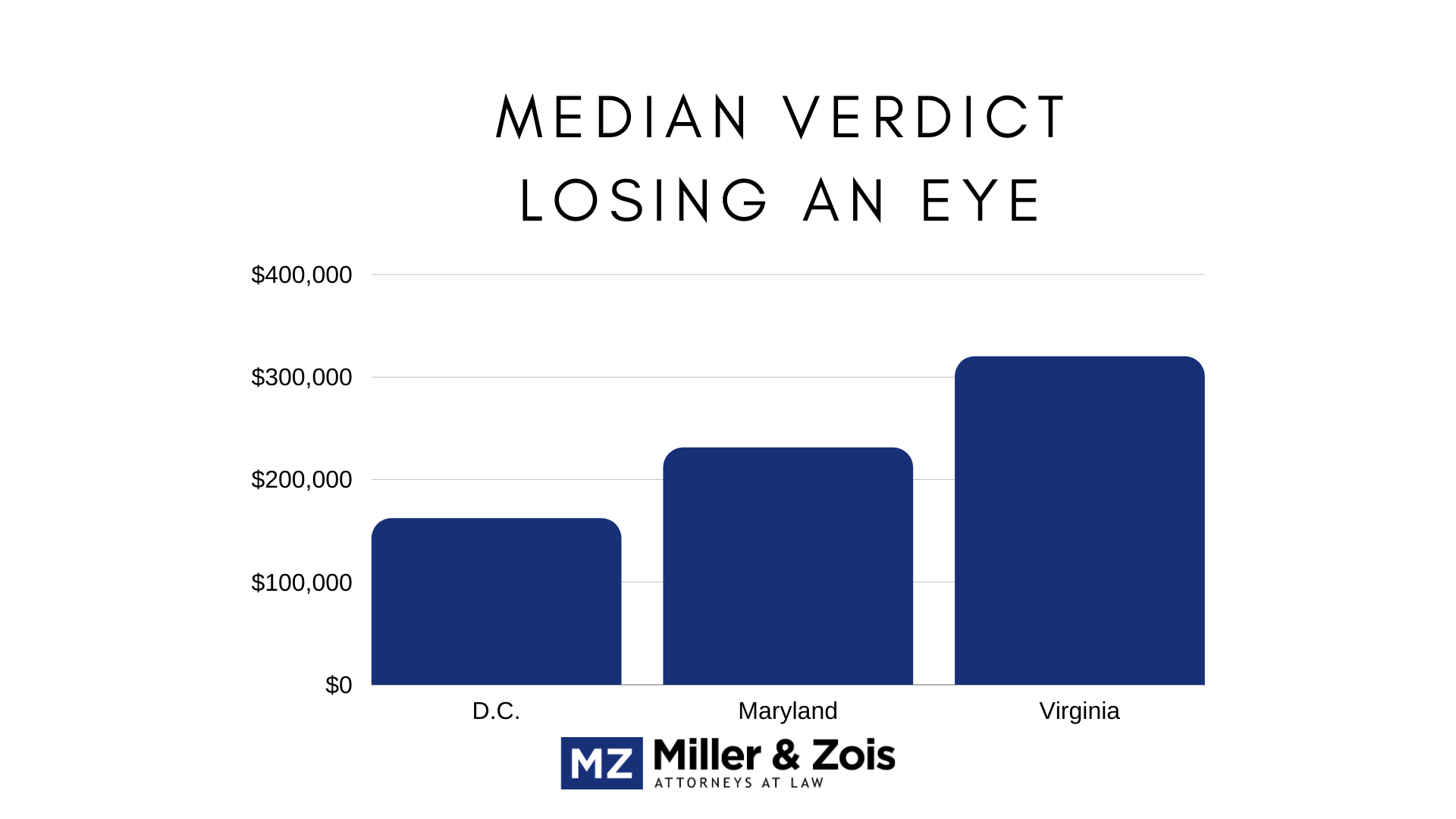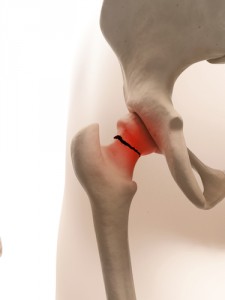What Is an Open Reduction Internal Fixation Surgical Repair?
An open reduction, internal fixation surgical repair of foot fractures using plates and screws means that the bones and joints are put back into pre-injury position and stabilized. The hope is that repair position will hold for proper healing of the fractures and alignment of joints in anatomical alignment. (The circular fixation method is also an option that has been explored more by foot and ankle surgeons in recent years.
Would You Expect a Discreet Fracture to Have a High Settlement Value?
A discreet fracture can still cause great symptoms to the victim. But, generally, a discreet fracture will have a lower settlement value than other foot fracture cases.
What is the #1 Thing That Drives the Settlement Value of Foot Injury Cases?
The most important thing that drives the settlement value of foot injuries is whether the victim has permanent restrictions on high demand activities such as walking, running, or standing for long periods of time. If the injuries are permanent, the value shoots up dramatically in most cases.
Laundry List of Foot Injury Fracture Our Lawyers See
There are several different types of foot fractures that can occur from trauma, including:
- Stress Fractures: These are small cracks in the bone that occur from repetitive stress or overuse. They can also occur from a sudden increase in physical activity. This is the injury we see the least in personal injury car accident claims becaus because there are few stress fractures in the foot from acute trauma.
- Avulsion Fractures: This occurs when a small piece of bone is pulled off due to the force of a ligament or tendon. You see this injury in high impact collisions and settlement amount tend to be high for this injury.
- Compression Fractures: This occurs when the bones in the foot are crushed, often as a result of a fall or impact. Normally a foot fracture has a higher settlement payout when the victim is young. But older people sometimes get higher compensation for a compression fracture because they heal so poorly compared to younger victims.
- Displaced Fractures: This occurs when the bone breaks and is no longer aligned correctly. This type of fracture often requires surgery to realign the bone. Surgery always increase average settlement compensation.
- Non-Displaced Fractures: This is when the bone is broken, but remains aligned correctly. These types of fractures often heal with immobilization or casting. Values are less for non-displaced fractures generally although we have seen cases where the long term consequence are more severe.
- Open Fractures: This is when the bone breaks through the skin, increasing the risk of infection. These types of fractures require immediate medical attention. High payouts on these cases in no small part because the pictures are usually awful looking.
- Closed Fractures: This is when the bone breaks but does not break through the skin. These types of fractures may require immobilization or surgery depending on the severity of the injury.
Our Law Firm Has Handles Scores of Foot Fracture Claims
Our lawyers at Miller & Zois handle a wide variety of food fracture claims. We have gotten big settlements and verdicts in these cases. Call us today at 800-553-8082 or reach out to us online.
Obviously, there are a lot of vexing injuries that occur in car and truck accidents. Foot and ankle injuries rank high on this list of hard to solve accident injuries. There are so many bones in the foot — one-fourth of all of your bones — and the bones are so small. Just too many things can go wrong.
What Is the Average Settlement Value of a Foot Injury Accident Claim?
According to a Jury Verdict Research study, the overall median jury award for foot injuries is approximately $100,000 (maybe slightly less in Maryland). More serious foot injuries see a corresponding rise in value. Multiple fractures to a foot increase the median verdict to $144,000. In foot injury cases where both feet are fractured, the median rises to $296,940. For plaintiffs’ lawyers repeating the “scope property damage does not matter” credo, it is hard to ignore the conclusion that if you have suffered fractures to both of your feet, you were most likely in a serious accident. Another Jury Verdict Research study found that 39% of the foot injury cases that went to verdict were suffered in motor vehicle collisions. A remarkable 11% of serious foot injury cases were in motorcycle accident cases. This stat underscores how dangerous motorcycles are compared to cars or trucks.
 Maryland Injury Law Center
Maryland Injury Law Center



